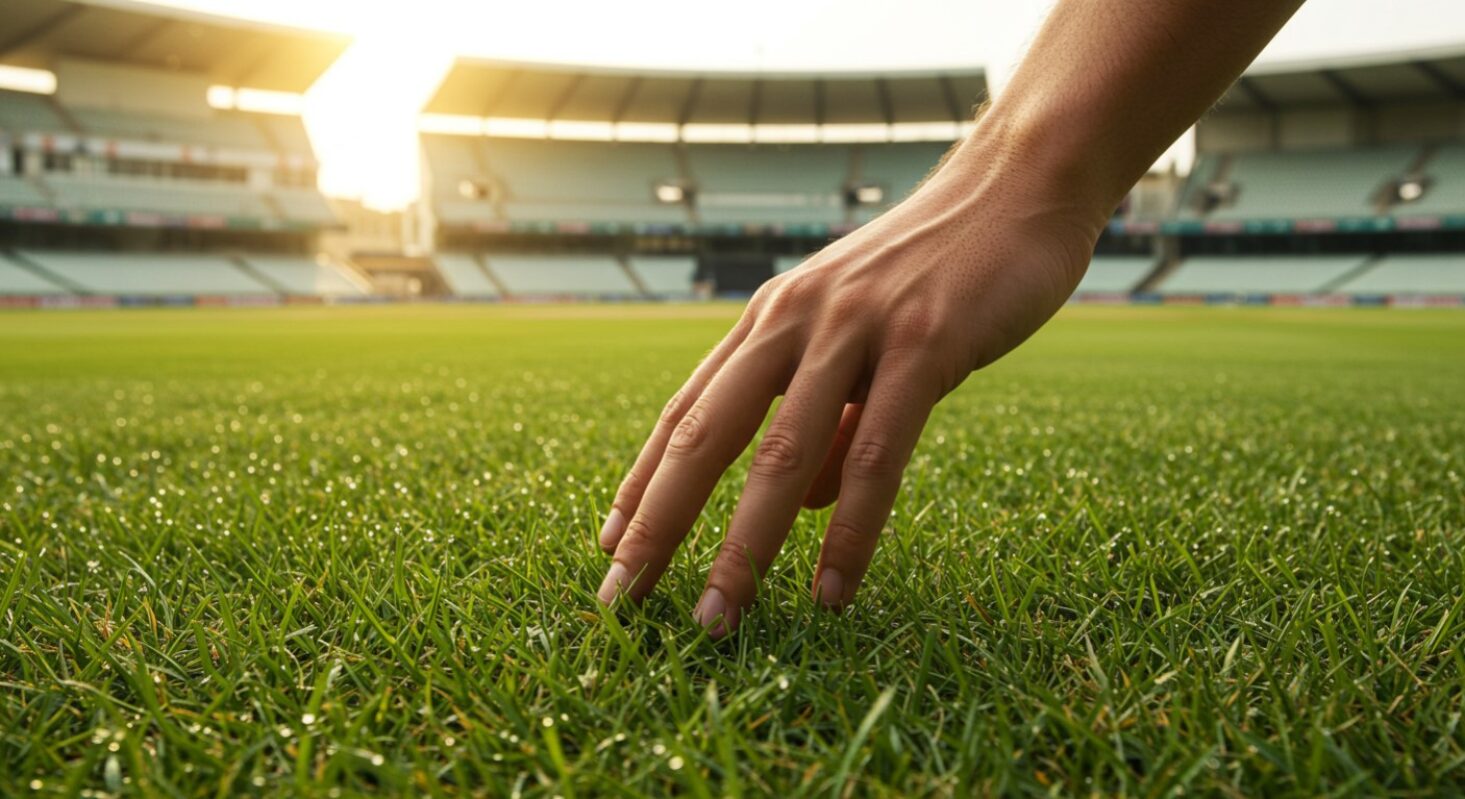
Top 10 Tips for Reading Cricket Pitches
In cricket, the pitch is more than just a strip of prepared earth. It is the silent partner that influences every ball bowled, every stroke played, and every tactical decision made. The finest players and captains — across men’s and women’s cricket alike — are often those who can read the surface with accuracy and adjust their approach accordingly.
History is full of examples where teams have been undone by failing to understand what a pitch will do. Choosing to bat on a damp surface has seen strong batting orders crumble, while misjudging a dry, cracking pitch has left captains regretting the toss. On the other hand, reading conditions well has turned seemingly ordinary bowling spells into match-winning performances.
These ten tips are designed to sharpen your skills in reading cricket pitches. They cover everything from grass cover and soil colour to bounce, cracks, and how weather shapes the game. By learning to combine these insights, players and captains can anticipate seam, swing, spin, or bounce and make smarter decisions.
Quick Reference: Reading a Cricket Pitch

| What to Look For | What It Means for Batters | What It Means for Bowlers |
|---|---|---|
| Grass cover (lush vs patchy) | Ball may seam, harder to trust bounce early | Seamers get help; patchy grass brings spin later |
| Surface hardness | Hard = true bounce, easier stroke play; soft = mistimed shots | Hard = pace/carry; soft = cutters and slower balls effective |
| Cracks and rough patches | Unpredictable bounce, especially later in match | Spinners and fast bowlers exploit cracks and rough areas |
| Moisture or damp patches | Ball grips/stops; tricky for timing | Seamers get movement; sticky pitches favour disciplined lines |
| Weather conditions | Cloudy = swing challenge; sunny = easier batting later | Overcast aids swing; hot sun speeds up drying for spinners |
| Bounce and carry (practice) | High bounce = stroke freedom; low = tough for drives | Consistent bounce suits pace; variable bounce = advantage |
| Soil colour & texture | Darker = slower play; lighter = quicker runs but variable later | Clay/dust = spinners grip; dry soil = reverse swing possible |
| How pitch changes over time | Early tricky, middle best for runs, late hardest | Seam early, spin/reverse swing late |
| Outfield and surroundings | Slow outfield reduces boundaries; wind complicates strokes | Swing enhanced by wind; slow outfield rewards patient bowling |
| Toss and decision-making | Wrong choice = collapse risk; right choice = big totals | Tailor attack: seam first, spin later, field settings adjusted |
Tip 1: Examine Grass Cover Closely
The first thing many players notice is how much grass has been left on the surface. Grass is a direct clue about how the ball might behave in the early stages of a match.
-
Dense, lush grass usually indicates that the pitch will offer assistance to seamers. The ball grips the blades and deviates, making life uncomfortable for batters. On such pitches, the opening overs are crucial, as swing and seam are at their most potent. Captains may even be tempted to bowl first, trusting their seam attack to make early breakthroughs.
-
Sparse or patchy grass tells a different story. It means less grip for seam movement and greater exposure of the soil beneath. This can dry out quickly, favouring spinners later in the game. A patchy surface may also produce variable bounce, especially where bald patches develop.
Grass cover also hints at how much pace the surface might have. A green, moist pitch can still be quick if well prepared, while a bare surface might play slow. Knowing this helps in choosing whether to anchor an innings or go on the attack.
Tip 2: Test Surface Hardness
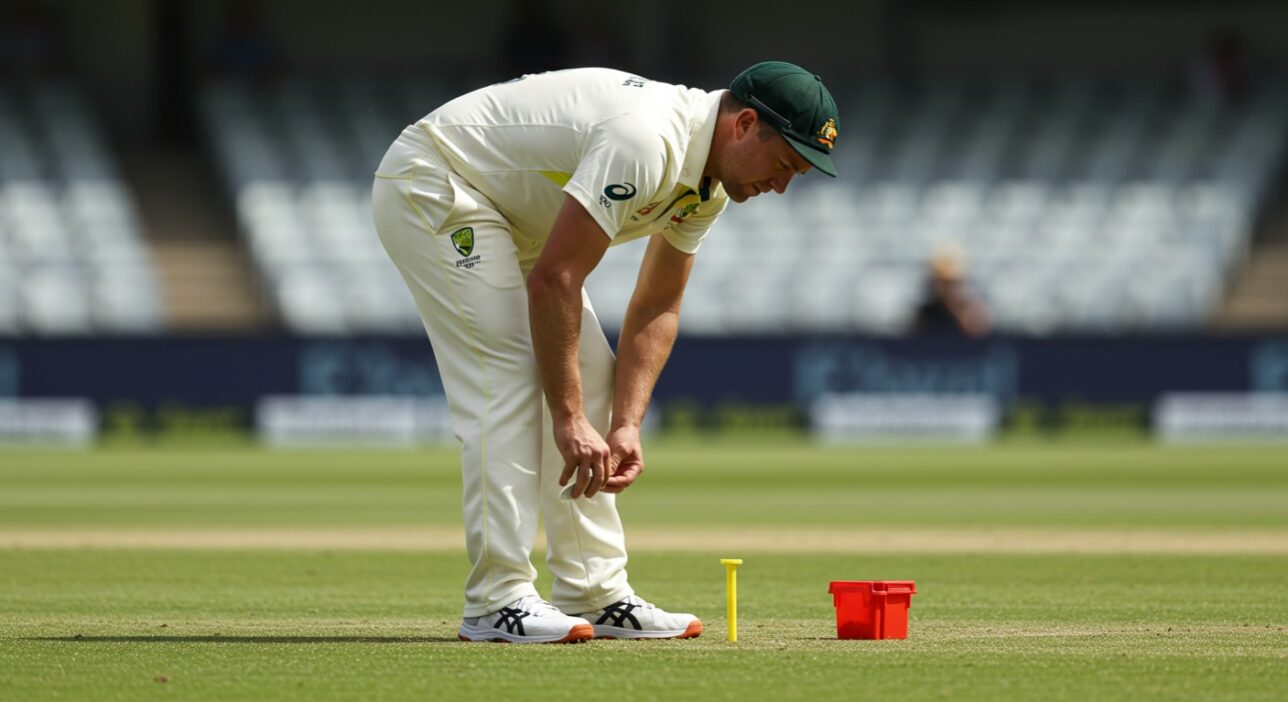
A close inspection of the pitch’s hardness reveals how it will play. Groundsmen and captains alike tap the surface with their knuckles, boots, or even the back of a cricket bat to judge firmness.
-
A hard, well-rolled pitch usually means consistent bounce and good carry to the wicketkeeper. Pace bowlers thrive on such tracks, while batters can trust the bounce to play their strokes confidently. Fast, true wickets often lead to high-scoring matches.
-
Soft or under-rolled pitches absorb energy. Deliveries lose pace off the surface, making timing difficult. Batters might find the ball stopping on them, leading to mistimed shots. Bowlers with cutters, slower balls, and variations gain an advantage here.
Hardness is also linked to how a pitch ages. A firm pitch may start lively, then flatten into a batting paradise, before breaking down late. A soft one may deteriorate more quickly. Reading this helps in anticipating not just the first session but the whole contest.
Tip 3: Look for Cracks, Rough Patches, and Wear
Another key part of pitch reading is scanning for cracks and rough areas. These can change the game dramatically, especially as matches progress.
-
Cracks often develop on dry surfaces exposed to heat. Early on they may have little impact, but as the match goes on, balls can leap unpredictably from them. This is particularly dangerous for batters facing fast bowling. For spinners, cracks are gold dust, as they allow the ball to grip and turn sharply.
-
Rough patches are usually created by bowlers’ footmarks, especially outside the off stump of right-handers. Left-arm spinners target these relentlessly, exploiting extra bounce and turn.
-
General wear is another factor in multi-day cricket. Even small patches of crumbling soil can cause variable bounce, demanding adjustments in batting technique.
A team that recognises cracks or rough patches early can plan accordingly, bringing in spinners or varying their seam lengths to exploit them.
Tip 4: Assess Moisture Level & Dampness
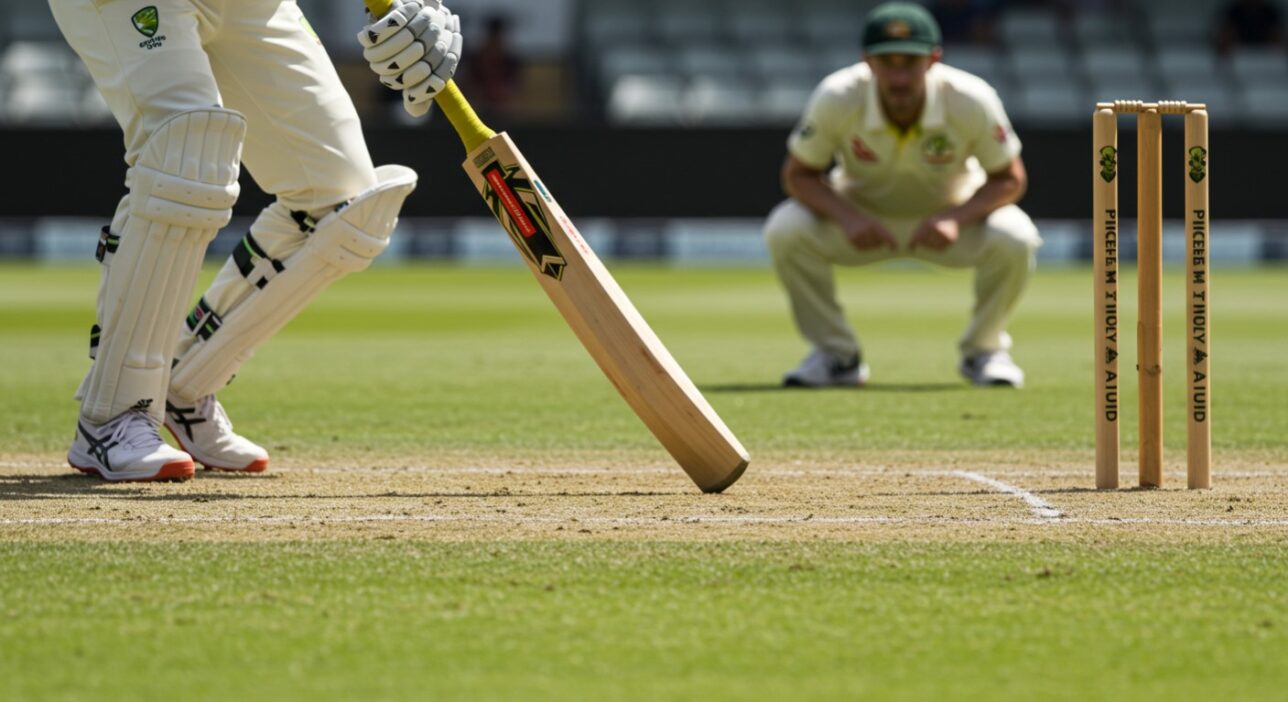
Moisture is one of the most influential elements in how a pitch behaves. It can come from overnight rain, dew, or sweat under the covers.
-
Dark or damp patches are a sign of retained moisture. These spots often assist seamers, as the ball grips slightly and deviates. Early wickets frequently fall in such conditions.
-
Sticky pitches occur when a surface has been damp and then starts to dry unevenly. Balls grip, stop, and rise awkwardly, making strokeplay treacherous. Historically, these have produced some of the lowest scores in cricket.
-
Dry, lighter-coloured patches suggest a lack of moisture. These pitches usually play truer but will break down faster, suiting spin later.
Judging moisture levels helps captains decide whether to bat or bowl first. Moist conditions favour bowling early, while a dry pitch may encourage batting to take advantage before deterioration.
Tip 5: Weather Conditions & Sunlight
Even a perfect pitch does not exist in isolation. Weather shapes how it behaves throughout a match.
-
Overcast skies aid swing bowling, regardless of surface. Cloud cover changes air density, allowing seamers to move the ball more.
-
Bright sunlight dries the pitch, often quickening it up. A surface that looked green in the morning may play entirely differently after a session under the sun.
-
Humidity and dew also matter. Humid evenings can bring the ball alive under lights, while morning dew can slow the outfield and affect grip for spinners.
Forecasts are just as important as current conditions. A captain may bat first on a sunny day knowing rain is due later, or bowl first expecting a pitch to crack in the heat. Reading weather alongside the pitch itself gives the fullest picture.
Tip 6: Observe Bounce and Carry During Practice or Toss Walk
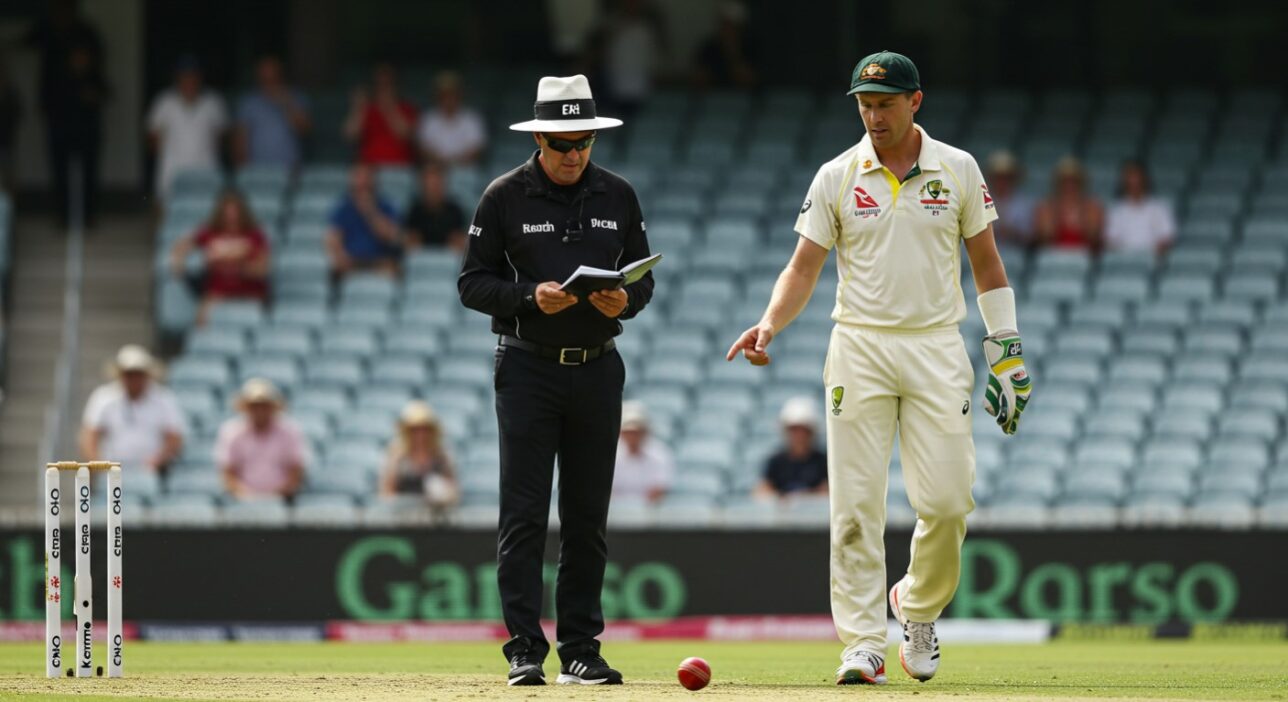
Watching how the ball behaves in practice sessions or during the warm-up walk at the toss offers real-time clues.
-
If balls bounce high and carry through well to the keeper, expect pace and assistance for quick bowlers.
-
Low bounce or balls stopping short indicate a sluggish wicket where spinners and slower bowlers can prosper.
-
Checking bounce across different parts of the pitch is revealing. A ball that bounces differently on middle and off stump may suggest unevenness.
Captains often watch their own bowlers in the nets on match day. If short balls climb awkwardly, they know their seamers can exploit it. If the ball sits up, they may need to plan for longer spells from spin.
Tip 7: Note the Colour & Texture of the Soil / Surface
The pitch’s colour and texture are more than cosmetic details.
-
Darker soil usually means it retains more moisture, playing slower initially.
-
Lighter brown or grey soil tends to be drier, offering pace early but breaking down faster.
-
Clay-rich textures grip the ball, aiding spinners.
-
Dusty textures suggest the pitch will crumble, producing turn and variable bounce as the match progresses.
By understanding soil characteristics, teams can anticipate not just the opening session but the arc of the game.
Tip 8: Consider How the Pitch May Change Over Time
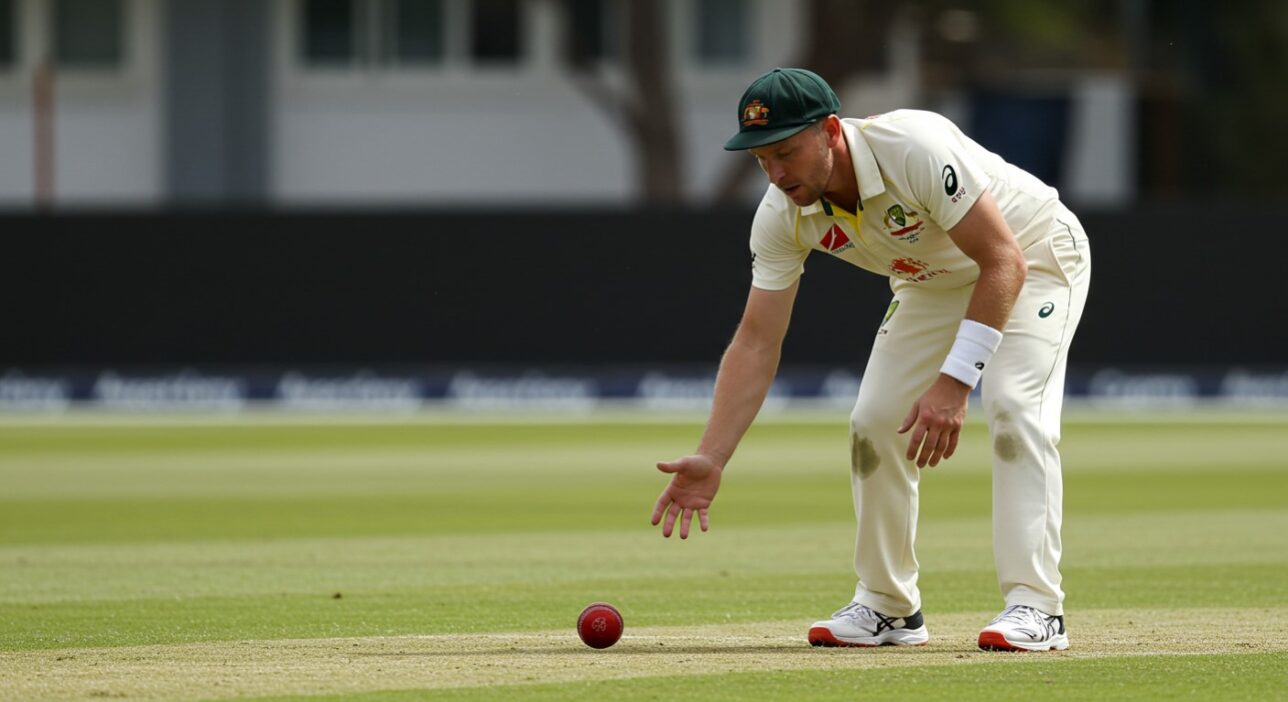
A pitch is not static. What you see at the toss is only part of the story.
-
Early stages: Grass and moisture dominate, favouring seam.
-
Middle period: Surfaces often flatten, providing the best conditions for batting. Big scores are usually made here.
-
Later stages: Cracks widen, grass dies, and spinners come into play. Reverse swing may appear on dry outfields.
Multi-day cricket hinges on predicting these shifts. A captain who knows a surface will deteriorate rapidly may bowl first, looking to chase later. Another may bat first, aiming to set a huge target before conditions worsen.
Tip 9: Check the Outfield & Surrounding Conditions
Though not part of the pitch, the outfield and environment affect how the pitch plays.
-
Fast outfields mean boundaries come quickly, giving batters more reward. On a slow, heavy outfield, even well-timed strokes may not reach the rope.
-
Wind direction can help or hinder bowlers. A breeze across the ground can exaggerate swing or alter trajectory.
-
Boundary sizes and slope also matter. At grounds like Lord’s, the slope affects seam movement.
-
Covers and preparation: If a pitch has been under covers, it may retain hidden moisture. A freshly uncovered strip may behave differently than expected.
These subtle factors complete the reading of conditions, ensuring no surprises once play begins.
Tip 10: Use the Toss Wisely Based on What You Read
The toss is often called the most important decision in cricket, and reading the pitch well informs it.
-
On green, damp surfaces, captains usually bowl first to exploit early help.
-
On flat, hard pitches, batting first allows teams to set a big score while conditions are easiest.
-
Anticipating deterioration matters: in Test cricket, batting last on a worn pitch is usually a nightmare.
But the toss is not only about batting or bowling. Captains also adjust field placements, choose their opening bowlers, and plan spin options based on pitch conditions. Winning the toss but misreading the pitch can be worse than losing it.
Conclusion: Reading Cricket Pitches and Applying in Practice
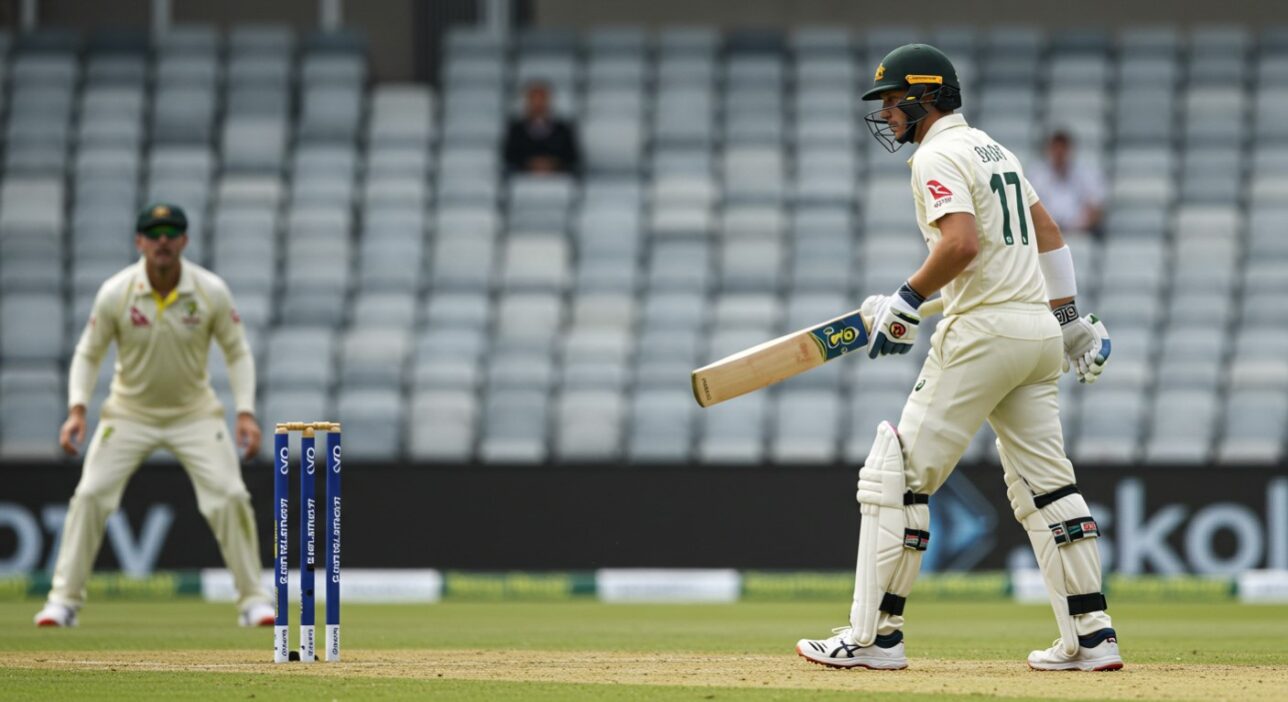
Reading a cricket pitch is both science and art. Grass cover, hardness, cracks, moisture, weather, bounce, colour, and outfield all provide clues. None should be read in isolation. The best players and captains combine them, building a complete picture.
By applying these ten tips, cricketers can avoid nasty surprises, play to their strengths, and make smarter tactical calls. Ultimately, pitch reading is one of the hidden skills that separates good players from great ones. Those who master it gain not just information, but an edge that can decide the match.





